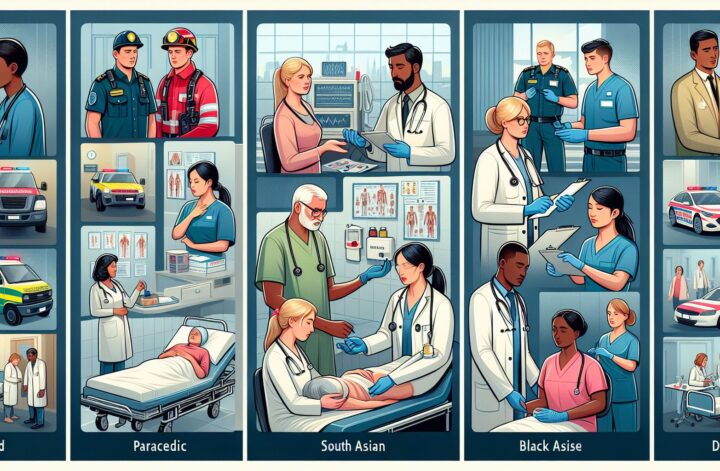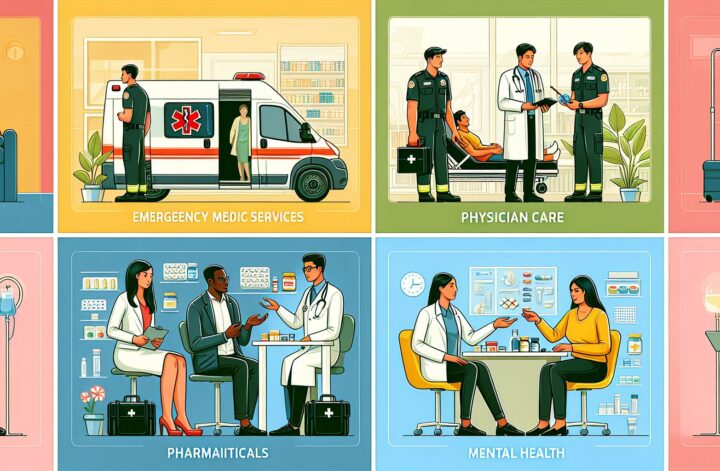When it comes to healthcare, seeking the appropriate medical help is crucial for our overall well-being. It is important to understand the various options available, so we can make informed decisions about our healthcare needs. In this article, we will explore the different types of medical help and their purposes, helping you navigate the healthcare system.
Primary Care Physicians
Primary care physicians (PCPs) play a significant role in the management of our health. They are usually our first point of contact for non-emergency medical issues. PCPs focus on preventive care, routine check-ups, vaccinations, and general health concerns. They are equipped to diagnose and treat common illnesses, and if necessary, refer patients to specialists for further evaluation.
Specialists
Specialists are medical professionals who have advanced training and expertise in a specific area of medicine. They focus on specific organs, diseases, or age groups. Specialists can include cardiologists, dermatologists, gastroenterologists, obstetricians, oncologists, and many more. When a health issue requires specialized knowledge or treatment, a referral from a primary care physician to a specialist is typically required.
Urgent Care Centers
Urgent care centers provide immediate medical attention for non-life-threatening conditions. This option is suitable for situations that require timely attention but do not warrant a visit to the emergency room. Urgent care centers are typically open outside regular office hours, including evenings and weekends. They are equipped to handle minor injuries, infections, fractures, and illnesses that cannot wait for a primary care appointment.
Emergency Rooms
Emergency rooms (ERs) are designed to provide critical care for life-threatening or severe conditions. ERs are open 24/7, serving patients who need urgent medical attention but are not necessarily facing a life-threatening emergency. Examples of conditions that warrant a visit to the ER include chest pain, severe injuries, difficulty breathing, or symptoms of stroke. It is important to note that ERs can become crowded, resulting in longer wait times for non-urgent cases.
Telehealth Services
Telehealth services have gained significant popularity in recent years, especially due to the COVID-19 pandemic. These services allow patients to consult with a healthcare professional remotely through video calls, phone calls, or online messaging. Telehealth is particularly useful for minor ailments, prescription refills, follow-up appointments, and medical advice. It provides convenience, accessibility, and eliminates the need for in-person visits.
Conclusion
Navigating the different types of medical help is essential to ensure prompt and appropriate care. Primary care physicians serve as a consistent point of contact for comprehensive healthcare needs, while specialists are sought for specific medical issues. Urgent care centers provide timely attention to non-life-threatening conditions, emergency rooms are designed for critical care, and telehealth services offer convenient remote consultations. By understanding these different options, we empower ourselves to make informed decisions about our healthcare, ultimately promoting our well-being.




